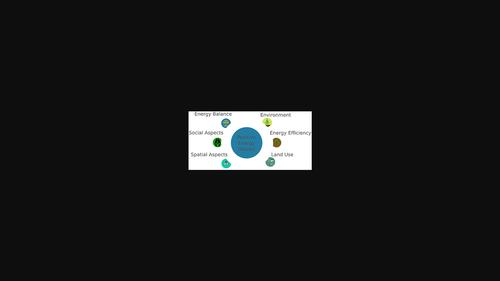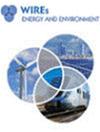Economic, social, and environmental aspects of Positive Energy Districts—A review
IF 5.4
3区 工程技术
Q2 ENERGY & FUELS
引用次数: 4
Abstract
The concept of Positive Energy Districts (PEDs), introduced in the Strategic Energy Technology Plan, is one of the fundamental approaches for a successful, clean and sustainable urbanization by 2025. According to the European Commission, a PED is a set of buildings where the community controls the energy flows and aims at a net positive energy balance over a year by utilizing renewable energy sources. There are a plethora of concepts similar to PEDs, such as Positive Energy Community, Net Zero Energy Neighborhood, Plus Energy Districts, that create a need to establish a structure that can facilitate the definition, development, and precise identification of PEDs. Thus, this paper aims to fill this research gap by comparing these and other related concepts through a critical literature review based on three pillars composing the triangle of sustainability: economic, social and environmental. By doing this, the paper aims to determine the connections between these similar concepts, homogenize the use of terms and avoid the issue of repetitions, which can help draw lessons learnt from other energy‐savings concepts. This study shows how PEDs and Nearly Zero Energy Communities have similar bases, aims and omissions. They diverge in a few key concepts, which can become learning points for PEDs.

正能量区的经济、社会和环境方面综述
战略能源技术计划中引入的正能量区概念是到2025年实现成功、清洁和可持续城市化的基本方法之一。根据欧盟委员会的说法,PED是一组由社区控制能源流动的建筑,旨在通过利用可再生能源在一年内实现净正能源平衡。有很多类似于PED的概念,如正能量社区、净零能量社区、加能量区,这些概念都需要建立一个有助于PED定义、开发和精确识别的结构。因此,本文旨在通过基于构成可持续性三角的三大支柱(经济、社会和环境)的批判性文献综述,将这些概念与其他相关概念进行比较,填补这一研究空白。通过这样做,本文旨在确定这些类似概念之间的联系,统一术语的使用,避免重复的问题,这有助于从其他节能概念中吸取教训。这项研究表明,PED和几乎零能源社区有着相似的基础、目标和疏漏。他们在几个关键概念上存在分歧,这些概念可以成为PED的学习点。
本文章由计算机程序翻译,如有差异,请以英文原文为准。
求助全文
约1分钟内获得全文
求助全文
来源期刊

Wiley Interdisciplinary Reviews-Energy and Environment
ENERGY & FUELS-
CiteScore
11.70
自引率
3.30%
发文量
42
期刊介绍:
Wiley Interdisciplinary Reviews: Energy and Environmentis a new type of review journal covering all aspects of energy technology, security and environmental impact.
Energy is one of the most critical resources for the welfare and prosperity of society. It also causes adverse environmental and societal effects, notably climate change which is the severest global problem in the modern age. Finding satisfactory solutions to the challenges ahead will need a linking of energy technology innovations, security, energy poverty, and environmental and climate impacts. The broad scope of energy issues demands collaboration between different disciplines of science and technology, and strong interaction between engineering, physical and life scientists, economists, sociologists and policy-makers.
 求助内容:
求助内容: 应助结果提醒方式:
应助结果提醒方式:


